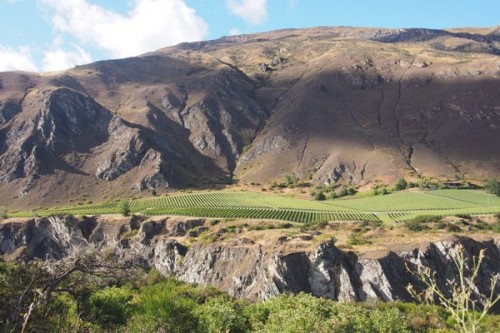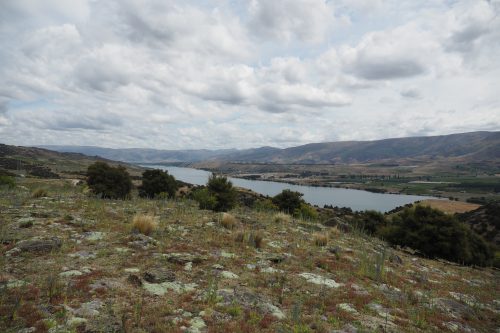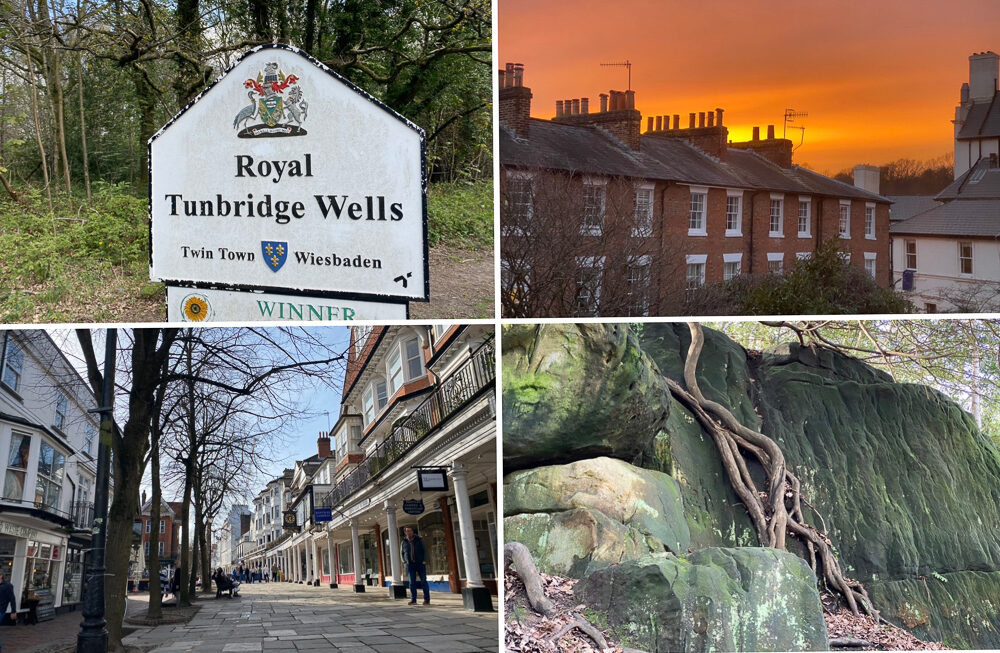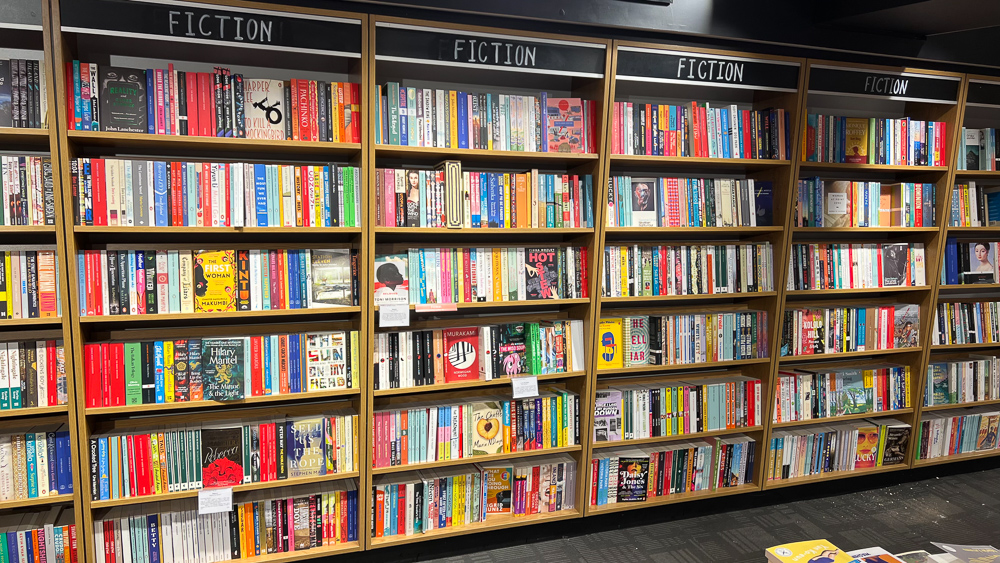
I’m currently intrigued by the idea of being from a place. Thanks to a friend, I discovered the author Robert Macfarlane, and I’m currently working through his book The Old Ways. He’s a gifted writer with an incredible voice, and in this book he takes us on his journeys discovering old paths and routes throughout the UK. There are so many gems in here: passages of great beauty that nestle like seeds in your mind, and then germinate to produce thoughts and ideas that just keep on growing.
In one chapter, Macfarlane is in the Cairgnorms in the Scottish highlands. Later in their lives, his grandparents made this their home, and this powerful place wrote itself on them in mysterious ways:
…landscape has long offered keen ways of figuring ourselves to to ourselves, strong ways of shaping memories and giving form to thought
…better than anyone else Shepherd [an author he refers to] ‘recounted’ the power of the Highland landscape to draw people into intimacy with it, and showed how particular places might make possible particular thoughts.
I love this idea that belonging to a place can change us. That, in some way, the locale seeps into our thinking and our being, such that we are changed. In my travels I visit places that have quite a power to them. What must it be like to live for an extended time in Central Otago, or the Douro Valley, or Chianti, or the Alentejo? I could go on: the place changes the people.
This also raises questions. For example, if you are willing to engage with the place will it change you more? You could imagine that being outdoors, exploring, hiking and being present would enable a greater depth of interaction and thus change. And some places have more power: would they change you more?

This is highly relevant to wine. We think of the concept of terroir as being the influence of the place on the vine, and thus its fruit, which – with sensitive winemaking – results in a wine that conveys the place. But what of the human interaction? Does the place change the people who make the wine, and thus the way they grow their vines and make their wine? This is an intriguing notion.
But this idea is also extended by Macfarlane. Is it possible for our connection to a place to travel with us when we leave it?
But there are also the landscapes that we bear with us in absentia, those places that live on in memory long after they have withdrawn in actuality, and such places – retreated to most often when we are most remote from them – are among the most important landscapes we possess.
This gives hope to travellers like me. I can spend time in a place, absorb it, be changed by it, and then carry it around with me. I really hope that I can, at some stage, belong to a place fully. I’d really like that. For now, I just collect postcards in my heart. Places, people – it’s such an interesting way of thinking.
Leave a Comment on People, places, landscapes and change

